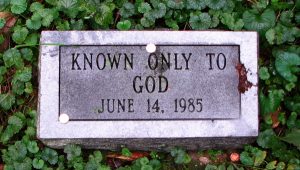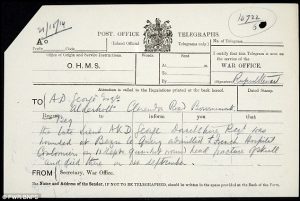Recently in science 9 we have been working to complete our research proposal videos. You may be wondering what a research proposal video is, and I can answer that for you. A research proposal video is a video based around the research that you have done on a certain topic, or field of research. In this video you are explaining your procedure and what the main goal is of your experiment. The main part of the research proposal video is asking for money. You need money to complete your experiment, so that is exactly what we did.
We started our project with Mr. Gross teaching us about the different ways to clone a plant, like sexual and asexual.
 You might be wondering what the differences are between the two, and I can help with that.
You might be wondering what the differences are between the two, and I can help with that.
Asexual reproduction is when the adult cell is cloned to make the new cell an exact copy of the parent cell.
 Sexual reproduction is when you have 2 parent cells and they come together and give the child cell each half. This is the way that children are born. The benefits of sexual reproduction is that every cell will be different so it is very hard for a disease to come and kill everyone off, also the species can adapt over time.
Sexual reproduction is when you have 2 parent cells and they come together and give the child cell each half. This is the way that children are born. The benefits of sexual reproduction is that every cell will be different so it is very hard for a disease to come and kill everyone off, also the species can adapt over time.
We then learned about the different ways to clone plants, like grafting, cutting, air layering, and layering. Hypothetically, after we sexually reproduce a tone of dandelions, we would like to clone the ones that have a advantage over the rest, such as thicker leaves and bigger flowers. (For our final project) And since I’m on the topic of final projects, I would like to talk to you about our final project and how ours went.
I got put into a group with Maggie and Daniel. Maggie Daniel and I worked really hard on a script and came up with some really good information. We realized that dandelions leaves hold a whole bunch of secrets, one of them being that they are packed with fibre.
Now fibre is good for you, but it is a jem for people who are constipated, so our idea was formed. We then needed to create a whole script explaining the reasoning behind all of this and why people should want to give us money. That was my part, an I really enjoyed planning a research experiment, and finding all of the tools!
In the end I think I learned a ton and had a bunch of fun planning this hypothetical research proposal video, and cant wait to share it with you!
Thanks for taking the time to read this, and I hope your next hour is a sweet one.
Adlih









































